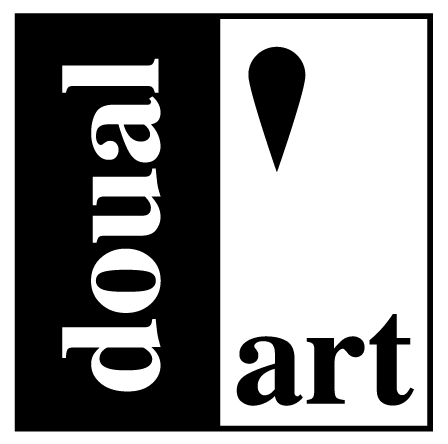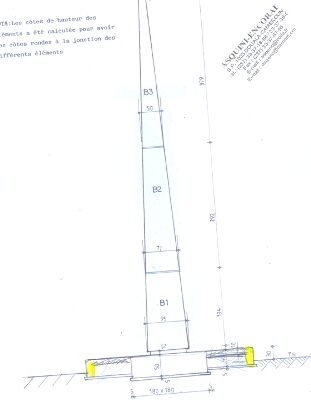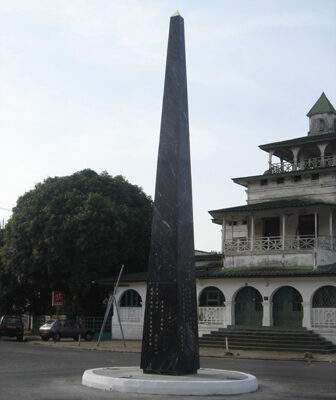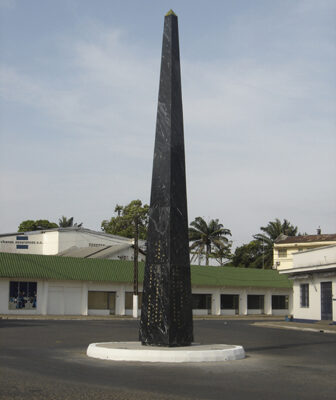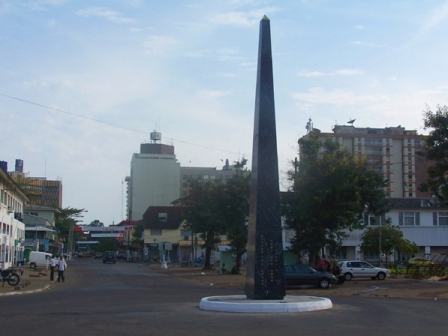By Faouzi Laatiris
L’oeuvre est un obélisque réalisé en béton armé, recouvert de marbre noir et, au niveau du pyramidion, de laiton doré. Sur les quatre faces du fût sont gravés en doré – en caractères latins et en calligraphie arabe – le nom de villes d’autres régions du monde également dotées d’obélisques. L’obélisque, qui appartient au vocabulaire architectural de l’Égypte antique, est la forme la plus élaborée du rite universel des pierres levées, ces aiguilles qui permettent une communication avec le monde céleste. De tels monuments, qu’ils soient d’époque antique ou de facture moderne ou contemporaine, ornent aujourd’hui la plupart des métropoles occidentales et africaines. Sud Obelisk fait également référence aux funérailles qui font partie intégrante de la vie des camerounais.
